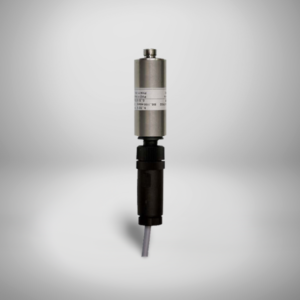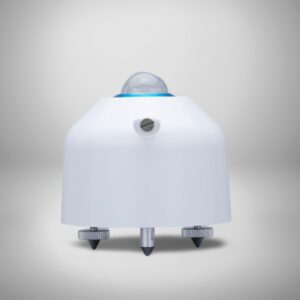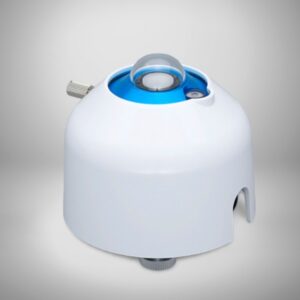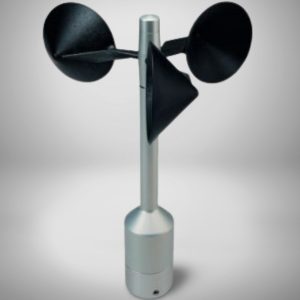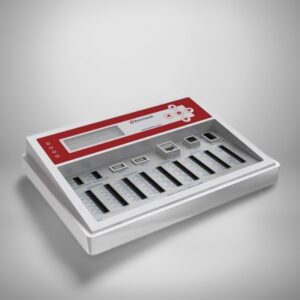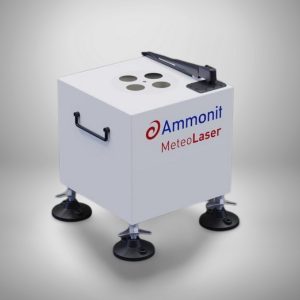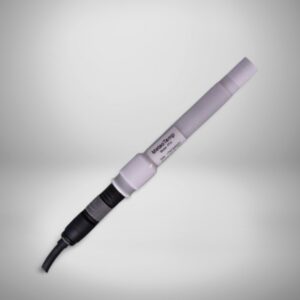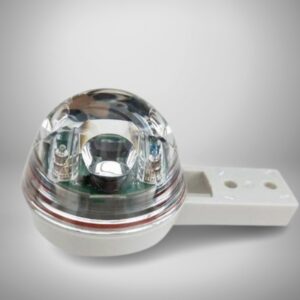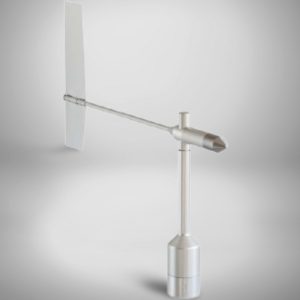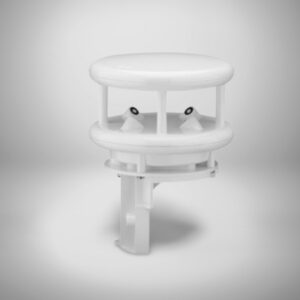Introduction
Wind energy is becoming an increasingly important source of clean and renewable energy worldwide. To maximize the potential of wind energy, it is important to understand the local wind resource and monitor the performance of wind energy systems in real time. This is where a wind monitoring system is required in a wind farm. It is vital for Wind Resource Assessment and Wind Farm Performance Evaluation.
Wind Resource Assessment (WRA):
Wind Resource Assessment, or WRA, is an important step in the process of measuring and analyzing the amount of wind energy that can be generated at a specific location. It involves determining the wind speed and direction along with evaluating weather data such as wind shear, turbulence, and other factors that could impact wind energy production. The data collected is crucial for optimizing the design and performance of wind energy systems.
If you are interested in determining the Wind energy potential of your location through Wind resource assessment, please feel free to reach out to us.
Wind Farm Performance Evaluation & WMS:
Wind farm performance evaluation is an important process in the wind energy industry. It involves analyzing and measuring the performance of a wind farm to ensure that it is operating efficiently and effectively. The goal of wind farm performance evaluation is to identify any deviations from the expected performance and determine the cause of any issues. This information can then be used to make improvements to the wind farm, including maintenance, repairs, and upgrades to the system components and the wind management system.
A Wind Management System (WMS) is a key tool used in wind energy optimization. The WMS collects data on various performance parameters, including energy output, system availability, and energy losses. This data is analyzed to give a comprehensive understanding of the wind farm’s performance and help make informed decisions about how to improve it. The WMS helps to ensure that the wind farm is operating at its optimal level, delivering the maximum energy output, and providing reliable and sustainable energy to meet the needs of the community.
In order to carry out this evaluation, a Weather Monitoring System (WMS) is used to collect data. The WMS helps in keeping a close eye on the weather conditions and how it affects the performance of the wind form. This helps in making necessary changes to the system to ensure that it is functioning at its best.

The Importance of Weather Stations for Wind Monitoring Systems:
Weather stations are an essential part of wind monitoring systems as they provide real-time information about the weather conditions at a particular location. This data is critical in optimizing the performance of wind turbines and ensuring they operate at maximum efficiency. Weather stations monitor a variety of weather variables including temperature, wind speed, wind direction, precipitation, and more, all of which can impact wind energy production.
The key components used in weather monitoring systems for wind farms include an anemometer (to measure wind speed and direction), a wind vane (to measure wind direction), a barometric pressure sensor, and a temperature sensor. These components work together to provide accurate and up-to-date weather data to ensure the efficient and effective functioning of wind energy systems.
The main components for weather monitoring systems used in wind forms are given below.

Anemometer measures wind speed and direction. It is commonly used in weather stations and in wind energy monitoring. The device uses cup, vane or sonic sensors to determine wind speed and direction.
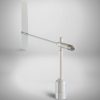
A wind vane is a device used in wind energy monitoring systems to measure wind direction. It provides crucial information to optimize wind turbine orientation and increase energy production efficiency.
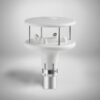
An ultrasonic anemometer measures wind speed with sound waves for accurate, low maintenance monitoring in wind energy systems.
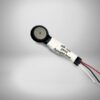
A Barometric Pressure Sensor measures air pressure in the atmosphere to determine changes in atmospheric pressure and weather patterns.
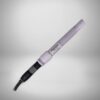
An ambient temperature sensor measures the temperature surrounding a wind turbine. This information is important in wind energy systems as it can affect the performance and lifespan of the equipment. The sensor helps operators monitor changes and take action to prevent overheating and potential failure.

Lidar (Light Detection and Ranging) technology measures wind speed and direction by sending laser beams into the atmosphere and analyzing the scattered light. This information is crucial in wind energy systems to accurately predict wind patterns and optimize energy production. Lidar provides precise and real-time wind data, making it an essential tool in the operation of wind turbines.
Related FAQ
A wind monitoring system is essentially a tool that helps you track the wind patterns in a specific area. It measures things like wind speed, wind direction, and other wind-related data, and provides you with accurate, real-time information.
There are several reasons why someone might want to use a wind monitoring system. For example, it can be useful for wind energy production, weather forecasting, and environmental monitoring. Basically, it helps you understand what the wind is doing in a specific area.
There are several different types of wind monitoring systems out there, but some of the most common ones include anemometers, wind vanes, and lidar systems. Each of these uses different technology to measure the wind in its own way.
An anemometer is a device that uses blades or cups to measure wind speed. As the wind moves the blades/cups, the anemometer converts that rotational energy into an electrical signal that can be recorded and analyzed. It’s a pretty straightforward process!
A wind vane is a device that measures wind direction. It has a spinning vane that aligns itself with the wind direction, and a sensor or other monitoring device records its position. That way, you can see which way the wind is blowing.
A lidar system uses laser technology to measure wind speed and direction. It shoots laser beams into the air and then analyzes how the wind scatters that light. Based on that information, it can determine the wind’s speed and direction.
There are several benefits to using a wind monitoring system. For one, it provides you with more accurate and consistent wind data, which is especially important for things like wind energy production and weather forecasting. Additionally, it eliminates the possibility of human error that can occur with manual wind readings. Plus, wind monitoring systems often allow for remote monitoring, so you can keep an eye on the wind even if you’re not on-site.
The cost of a wind monitoring system can vary widely, depending on the type of system you’re interested in and the features it comes with. On average, you can expect to spend anywhere from a few thousand dollars to several hundred thousand dollars.
When choosing a wind monitoring system, there are several factors to consider. You’ll want to think about the type of data you need, the location where the system will be installed, and your budget. It’s also a good idea to consider the reputation and experience of the vendor you’re thinking of working with. By taking these factors into account, you can ensure that you choose the right wind monitoring system for your needs.
Related Product
-
Make: Ammonit Model: AB 100 ✅ It…
-
₹305,009.02₹228,756.76Make: Eko Model: MS-80 ✅ MS-80 is…
-
Make: Thies Clima Model: 4.3351.00.000 ✅…
-
Make: Thies Clima Model: Galltec+mela TPC1.S/x-ME ✅…
-
-
-
-
-
Make: Thies Clima Model: 4.3151.00.001 – TMR-…
-

